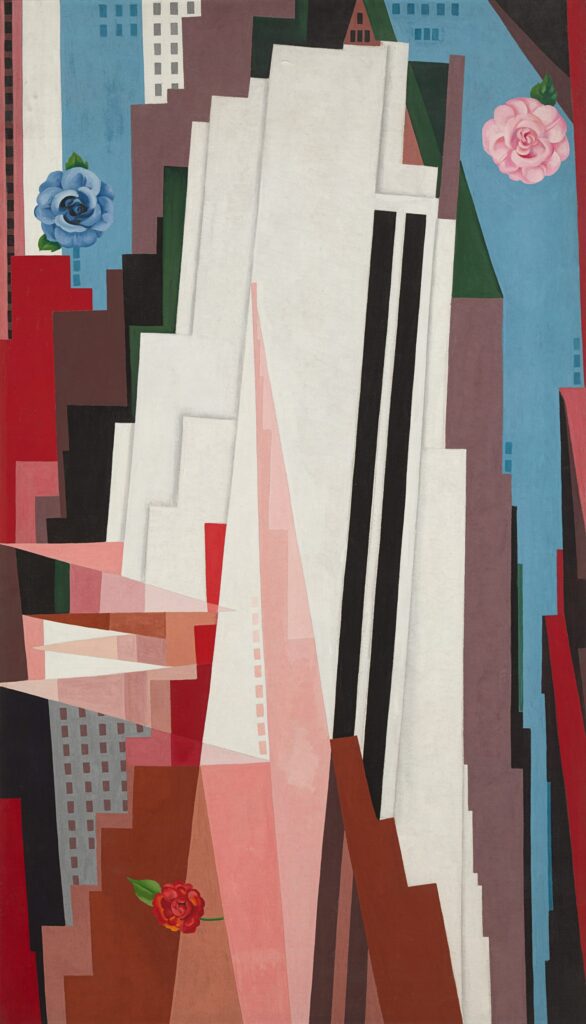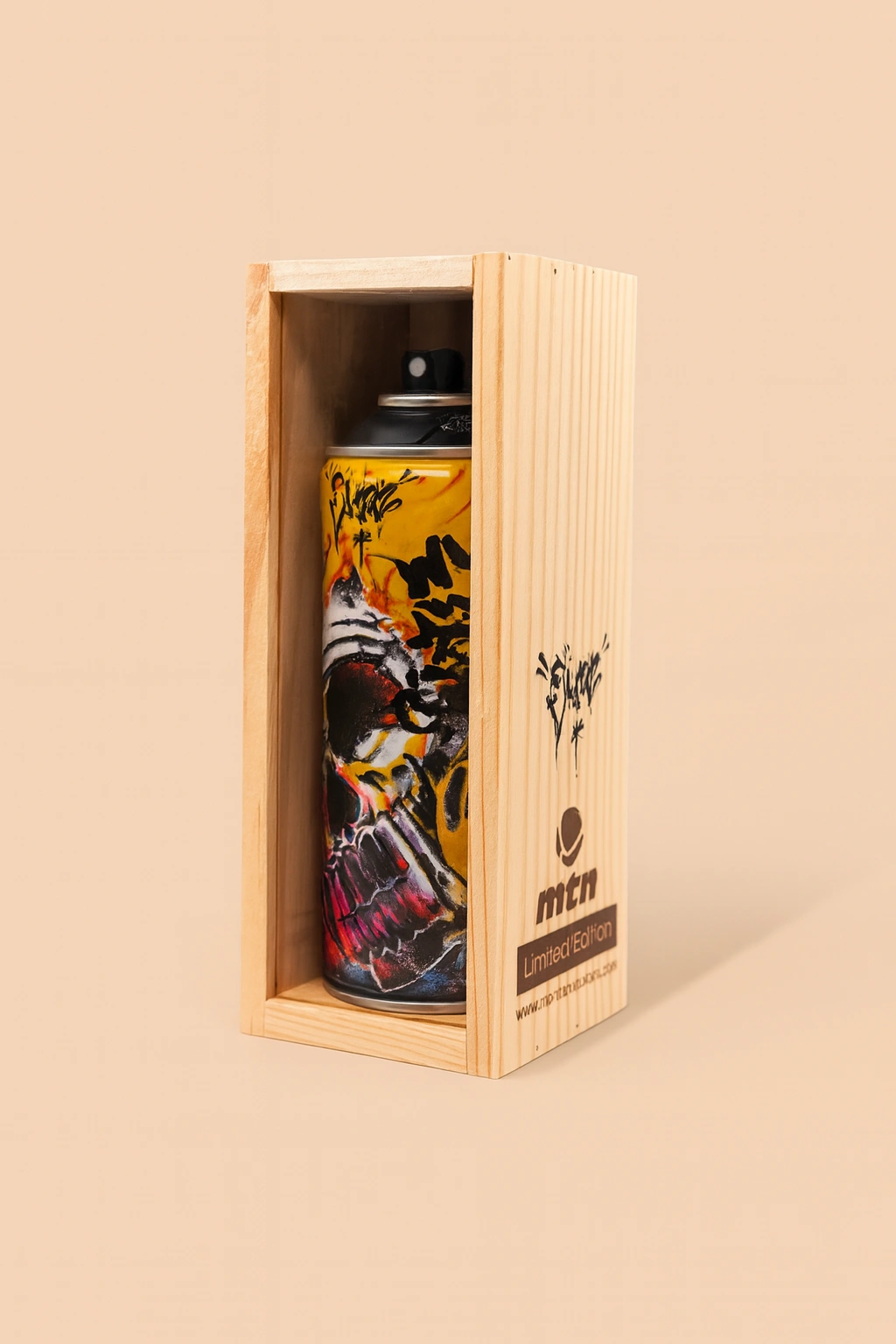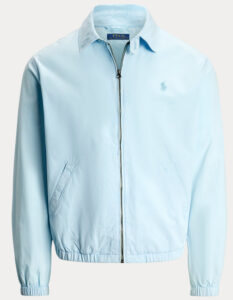Georgia O’Keeffe is a name synonymous with the American Southwest—endless desert landscapes, the delicate petals of magnified flowers, and bleached animal bones under a vast blue sky. However, before she became known as the artist of the desert, O’Keeffe’s creative journey took root in the bustling metropolis of New York City. Today, nearly a century later, her overlooked and underappreciated New York paintings are finally being given their due at a major exhibition in Chicago. This exhibition, which centers around O’Keeffe’s radical depictions of New York skyscrapers, not only shines a light on a little-known chapter of her career but also highlights the ongoing conversation about gender and artistic recognition in the male-dominated art world.
The Forgotten Chapter: O’Keeffe in New York
Though her Southwestern work has become iconic, O’Keeffe’s time in New York during the 1920s and 1930s represents a pivotal period in her artistic evolution. After moving to New York in 1918 to be closer to her future husband, photographer and gallerist Alfred Stieglitz, O’Keeffe found herself at the heart of the avant-garde art scene. This period saw her experimenting with urban landscapes in a way that was both innovative and deeply personal, an effort to capture the dynamism of modern life in a city that was rapidly transforming.
In contrast to the pastoral landscapes she would later become famous for, O’Keeffe’s New York paintings are brimming with sharp lines, geometric forms, and an almost overwhelming sense of scale. The exhibition showcases works like *Radiator Building – Night, New York* (1927), a towering depiction of one of the city’s iconic skyscrapers, rendered in luminous black and gold tones. The painting not only captures the essence of the city’s energy and architecture but also subtly critiques the male-dominated industry behind it, an architectural world where women like O’Keeffe were often relegated to the sidelines.
The exhibition in Chicago presents these works not just as isolated experiments in urban depiction but as integral to O’Keeffe’s broader artistic legacy. By framing her New York paintings as foundational, the exhibition invites viewers to reconsider the common narrative that places O’Keeffe in the desert and the desert alone. It encourages a fresh understanding of her work as one that was always engaged with place, space, and the evolving world around her—whether that was the skyscrapers of New York or the mesas of New Mexico.
A Radical Depiction of the Skyscraper
O’Keeffe’s New York paintings stand apart not just because of their subject matter but also because of the way she approached it. While many male artists of the time were also drawn to the skyscraper, often using it as a symbol of modernity and technological triumph, O’Keeffe’s perspective was unique. Her skyscrapers are not simply cold, industrial structures, but rather organic, living entities—almost as if the city itself is a breathing organism. In paintings like “New York Night” (1929), the buildings are imbued with a sense of life and movement, towering over the viewer with a kind of sentient energy.
This anthropomorphizing of the skyscraper can be seen as a direct challenge to the male-dominated narratives surrounding urbanization and industrial progress. O’Keeffe’s paintings do not celebrate the power of man over nature, as many works of the time did, but rather seem to question the human tendency to dominate the environment. Her skyscrapers loom large, but they are not triumphant—they are enigmatic, beautiful, and somewhat haunting, revealing O’Keeffe’s ambivalence toward the urban environment that both inspired and constrained her.
Furthermore, O’Keeffe’s focus on the verticality of the skyscraper parallels her well-known fascination with the vertical forms of flowers and desert landscapes. This continuity between her early New York work and her later Southwestern pieces underscores her lifelong engagement with form, line, and the relationship between nature and the built environment. In fact, one could argue that O’Keeffe’s skyscrapers are not so different from her later paintings of flowers—they both represent her desire to magnify and monumentalize the world around her, whether it’s the delicate structure of a flower petal or the steel and concrete of a skyscraper.
The Gendered Struggle for Recognition
One of the most significant aspects of this exhibition is its examination of the gendered obstacles O’Keeffe faced during her New York period. Though she was working in a city that was fast becoming the epicenter of the global art world, O’Keeffe’s work was often overshadowed by her male contemporaries. Critics and galleries were quick to celebrate artists like Edward Hopper and Charles Sheeler for their depictions of modern urban life, while O’Keeffe’s urban landscapes were often dismissed as secondary to her flower paintings.
The exhibition makes clear that this neglect was not due to any lack of innovation or quality in her work but rather the result of a male-dominated art world that struggled to take women’s work seriously unless it fit within certain preconceived ideas. O’Keeffe herself bristled at being pigeonholed as a “female artist” and pushed back against the critical reception that reduced her work to mere expressions of femininity. She famously resisted the interpretations of her flower paintings as symbols of female sexuality, insisting that her work was about form, line, and color, rather than gendered symbolism.
The Chicago exhibition takes this context into account, situating O’Keeffe’s New York work within the broader struggles she faced as a woman in the early 20th-century art world. The fact that these paintings were overlooked by New York institutions for so long speaks to the broader systemic biases that have historically marginalized women artists, particularly those who dared to venture beyond the “acceptable” subjects of female creativity.
A Timely Recognition
That it has taken nearly a century for O’Keeffe’s New York paintings to receive a major solo exhibition is a reflection of the slow pace at which the art world has begun to reckon with its own biases. The fact that this recognition is happening in Chicago, rather than New York, is particularly poignant. New York, the very city O’Keeffe immortalized in her paintings, failed to recognize the significance of her work for decades. It’s only fitting that another city—one with its own rich architectural heritage—should take up the mantle of honoring her contributions.
This exhibition also feels timely in today’s cultural landscape, as conversations about gender equity, representation, and the reevaluation of overlooked artists continue to gain momentum. O’Keeffe’s New York work invites a reconsideration of not just her legacy but the legacy of countless other women whose contributions to art, architecture, and urbanism have been minimized or erased.
Impression
Georgia O’Keeffe’s New York paintings represent a bold and experimental chapter in her career that has long been overshadowed by her later work in the Southwest. The Chicago exhibition finally gives these paintings the attention they deserve, inviting a reexamination of O’Keeffe’s role as a pioneer of modern art. Her depictions of New York’s skyscrapers are not just architectural studies but profound meditations on the human relationship with the built environment, all seen through the eyes of a woman navigating a male-dominated art world.
As visitors walk through the exhibition, they are reminded of O’Keeffe’s radical vision, her refusal to be boxed in by gendered expectations, and her enduring influence on generations of artists who continue to challenge the boundaries of form, subject, and perspective. Finally, a century later, O’Keeffe’s skyscrapers rise again—this time in celebration, rather than obscurity.
No comments yet.








